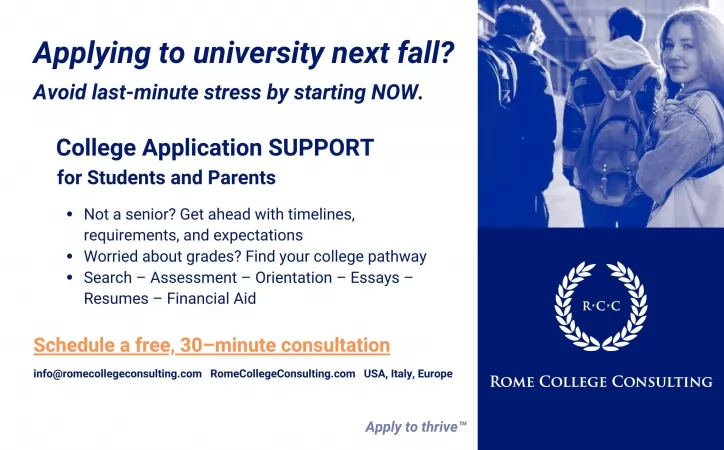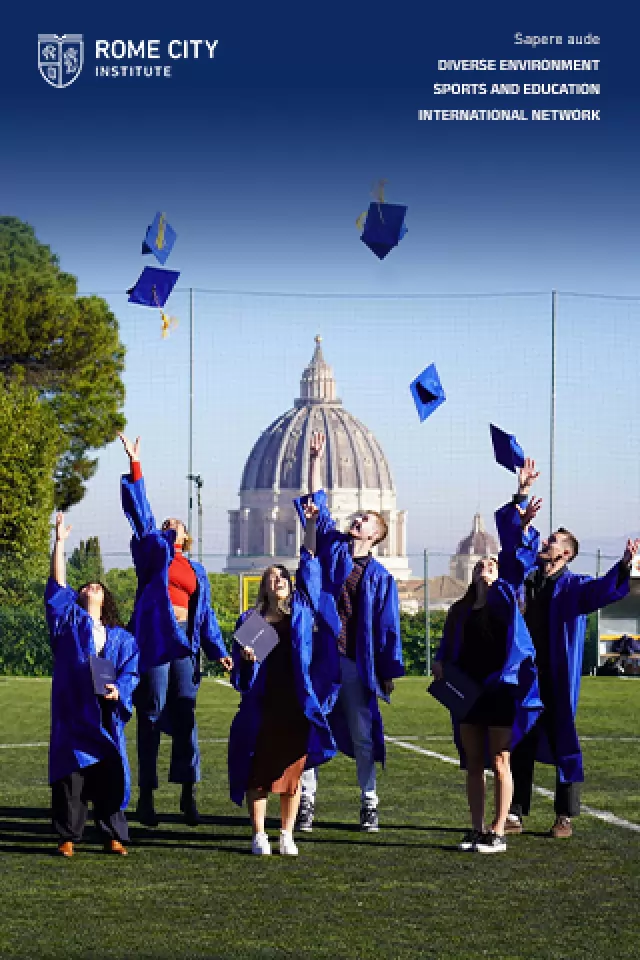Effects of the Coronavirus pandemic on Italy's tourism industry
Confturismo, the country’s tourism association, stated that Italy already lost 30 million tourists between March and May.
From Rome to Milan, Naples to Venice, Italy has been one of the most popular tourist destinations in the world over the past decades.
A country with diverse offerings including 55 UNESCO World heritage sites, fabulous beaches on three sides and top ski routes, the country depended on its visitors with approximately 4.2 million of the population employed in the tourism sector, making up 12-13% of the country’s GDP.
In 2019, the country welcomed over 216 million tourists - a considerably high number for its 60 million population.
Also read:
- Italy living through 'sad page in our history' says president
- Top 5 things to do in Rome once the quarantine is lifted
Starting at the end of February with the first confirmed COVID-19 cases, Italy embarked on a new challenge, one that was defined as ‘the worst crisis since second world war’ by Prime Minister Conte. As one of the first EU countries that took the hit, the whole country quickly went on lockdown, causing ‘Made in Italy’ an immeasurable loss.
As the industrial sector pressures the government to ‘open up’ as soon as possible to avoid further financial damage, those employed in tourism do not have this chance. In fact, the re-establishment of tourism does not only depend on domestic developments but also on the growth rates of the pandemic all over the world.
The country suffered a fall in the number of tourists since the beginning of the year, now coming to a full stop. Confturismo, the country’s tourism association, stated that Italy already lost 30 million tourists between March and May. This impact does not even include the damage that other related businesses, such as restaurants or small shops, had to suffer. By the end of the year, the total loss is expected to exceed 200 billion euros.
Also read:
- A Positive Side Effect of COVID-19
- Italian doctor plays 'Don't Stop Me Now' at the end of his Covid-19 shift
Even when the hotels will be ready for business, will Italy ever go back to its golden days? Despite having tourists all year, the spring-summer period represents the peak season for Italy’s tourism income. The hotels are already set to spend Easter holidays closed down, but the upcoming months might hold even a bigger threat as a lot of businesses are already receiving cancellations even for September.
According to the tourism secretary Lorenza Bonaccorsi, it will take at least a few years for the country to get back to where it was tourism wise. A scary prediction for the survival of small businesses and establishments.
With Roman streets empty for the first time in decades, it is already possible to find many AirBnB’s listed as yearly rental properties as owners are afraid to lose more money.
Also read:
- Coronavirus: McDonald's and Coca-Cola help Italy
- Coronavirus in Italy: Lamborghini makes surgical masks
One of the strategies is to invite the citizens to spend their yearly vacations in Italy to make up for a part of the loss. But companies are cancelling their summer vacations -traditionally set for august- one by one and the economy is getting worse. So, it’s a big question mark whether the domestic tourists will have the time or the same amount of money as of previous years to spend on vacations.
The government is currently working on incentive programs that might lighten the burden of those that earn their lives from tourism. Various payments and taxes are postponed for the next few months. However, with businesses closed down and zero income, it will still be impossible for the citizens to make payments on the new due dates. Many argue that the government’s handout of 600 euros or the suspensions are not enough, and the measures, for now, are not satisfying for those that took the hit.
The most critical factor remains to be the unknown calendar. It will take months for all the restrictions to be lifted, and even then, the concept of travel will have a completely new look. Just a few days ago, Lufthansa decided to shut GermanWings, its charter airline company arguing that ‘aviation won’t recover for years.’ But even when those flights or trains will operate, will we ever get on a crowded plane or wait on long lines in an airport for a weekend in a European capital?
Also read:
The virus won’t disappear for a long time, so the social distancing measures will continue, meaning the transportation and vacation plans will also have to adapt to this new-found reality. It is highly likely that there will be fewer seats available on planes, trains and the capacity of hotels, B&Bs will be reduced.
These limitations might also cause an increase in the overall prices, making travel a hardship for people who already suffered from the economic consequences of the pandemic or leading them towards simpler, less costly choices close to home.
Also read:
For now, in Italy, the reopening date is still unknown for restaurants, bars, hotels, and similar establishments. One thing is for sure though: going back to normal won’t be happening overnight.
Even when the government gives green light, the readjustment phase will take long months or possibly even years. So, the critical question is: When will this tide turn, and will the tourism establishments still be standing by that date?


















